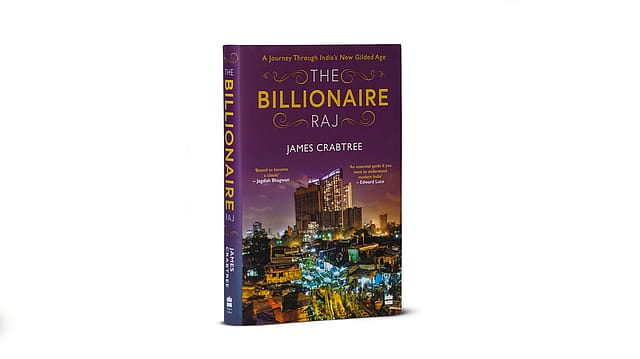India’s billionaire Bollygarchs
ADVERTISEMENT

If you grew up in India in the 1970s, you’ll probably remember those STD calls from a neighbour’s house. You often trekked to the only house with a landline in the neighbourhood for that monthly call to your grandparents. And if you wanted to watch television, you had to haul yourself to the nearest house with a TV where the entire neighbourhood gathered for a film. It all sounds so last century, doesn’t it? But that was life during the Licence Raj, when you waited years for a landline or a gas connection, and televisions and cars were a luxury few enjoyed.
Cut to life in India today. More than 25 years after economic liberalisation, every other person has a mobile phone, BMWs and Mercs jostle for space with Hyundais and Marutis on roads across the country, and shopping malls dot the urban landscape. And thanks to runaway economic growth, a new class of superrich has emerged in the country and the old Licence Raj has given way to a new Billionaire Raj. This is the world that former Financial Times Mumbai bureau chief James Crabtree explores in his book, The Billionaire Raj, as he takes us on a journey into the lives of India’s new billionaires from Mukesh Ambani to Vijay Mallya as well as the new world of fixers and power brokers who drive the country’s political economy.
Crabtree spent five years in India, a time of churn as India witnessed some of the biggest scams, the UPA government was thrown out, and the BJP-led NDA came to power. He doesn’t tell us anything we don’t know already and he might not have great insights or access to India’s billionaires, but the book is still a delicious read. Through mundane AGMs to flashy weddings and birthday parties, Crabtree explores the ascent of India’s new billionaires, or Bollygarchs. I loved the account of Mallya’s 50th birthday celebration at Kingfisher Villa in Goa: Guests drove through the gates designed to look like a Buddhist pagoda, before they were ushered past Ferraris and swimming pools into the seaside lawns. Later, Lionel Richie sang ‘Happy Birthday’, followed by two aircraft performing a fly-by over the beach.
December 2025
The annual Fortune 500 India list, the definitive compendium of corporate performance, is out. This year, the cumulative revenue of the Fortune 500 India companies has breached $2 trillion for the first time. Plus, find out which are the Best B-schools in India.
No account of India’s super-rich can omit the big fat Indian wedding. Many of us are a bit bored with the ostentation and extravagance surrounding weddings in the country, but, even so, Crabtree’s description of an invitation from mining tycoon Gali Janardhana Reddy had me hooked. The invitation came in a box that opened to reveal a small television screen and a video in which the tycoon, his daughter, and her husband-to-be performed a Bollywood-style song against a backdrop of computer-generated images of bulls garlanded with flowers and dancing white horses.
This is India’s Gilded Age. Some 20 years ago, India had just two billionaires together worth around $3 billion; today, it has more than 100, and their wealth accounts for around 15% of the country’s GDP. But all the Bollygarchs can’t mask a harsh reality: India still remains a highly unequal country with the top 1% owing nearly 60% of its wealth. The question that Crabtree then poses is: Can India, with its billionaires, not unlike the Vanderbilts and Rockefellers in the U.S., go from a Gilded Age to a Progressive Era of its own? He is optimistic that with “good judgement” it can do that and put behind “the perils of inequality and crony capitalism”.
Perhaps Crabtree is being a bit optimistic. India’s bad loan problem is spiralling out of control. Inequality and crony capitalism are deeply embedded in the system. And the nexus of money, power, and politics is deeply entrenched in society. Of course, there’s a bright side: You don’t have to go to your neighbour’s house to make a phone call any more.
( This article was originally published in the September 2018 issue of the magazine.)
